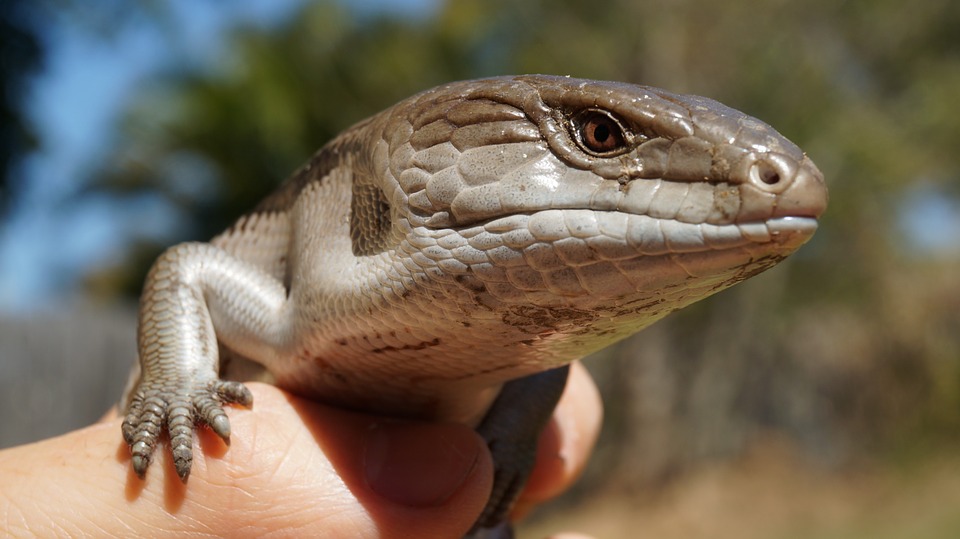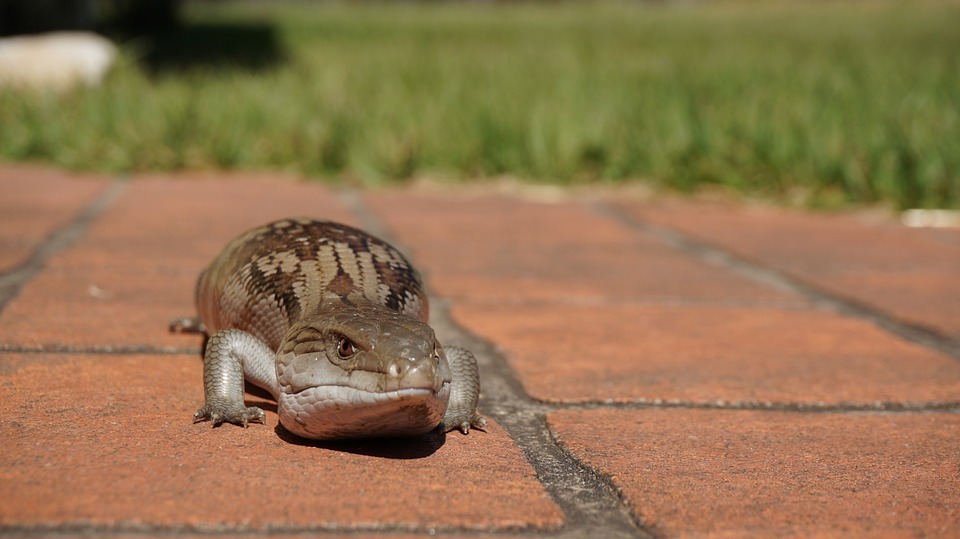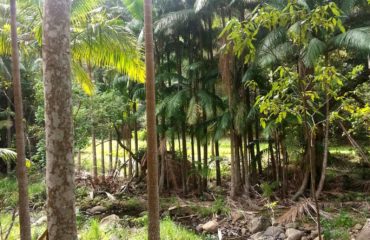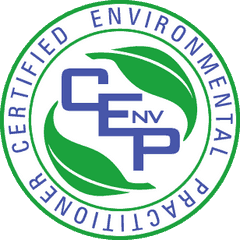Have you ever wondered about what types of animals may be living around you, in your backyard, your local park or in that bushland down the road? The Gold Coast wildlife is diverse and prolific, and this part of Australia plays host to some 600 species of animals, some of which are quite rare and even endangered [1]. Many of these animals we may see fleetingly as it scuttles or flies by but many more remain unseen or unnoticed unless we take the time for a closer look.
Sharing our community with all of these amazing creatures is a privilege and it is reassuring to know that there is a specific Nature Conservation Strategy in place to help protect our local wildlife [1]. Even better, there are also many resources available to Gold Coast residents to help us all live more harmoniously with the local creature community. Take a look here to see what is available.
Today we meet a backyard friend that many of us have come across from time to time: the humble Blue Tongue Lizard. Being the largest member of the skink family, this amazing reptile is a common resident across the Gold Coast [2]. Although famous for its showy blue tongue, this reptile prefers a quiet life tucked away in rocky crevices, pipes and cavities and lazily soaking up the sun on warm surfaces like rocks or footpaths.
HABITAT
Blue Tongues are found across Australia and their habitat can vary from deserts and semi-arid areas to woodlands and tropical jungles [3]. Blue Tongues have also adapted to urban environments and they are commonly found in backyards where they can live for up to 20 years, so your local lizard may be a friendly and familiar neighbour for a long time [4].
BEHAVIOUR
Whilst they are solitary animals, Blue Tongue Lizards will venture beyond the backyard during mating season, in around September to November [5]. Some lizards have been known to travel through as many as 15 backyards in search of company [4]. When threatened they face their potential predator, display their blue tongue and hiss to ward off the threat. Sometimes, in our urban environment this is not a good strategy as instead of fleeing from the threat of a lawnmower, for example, they will hide in the grass – so keep an eye out for your lizard next time you mow the lawn.
DIET
Blue Tongues are omnivorous diners, feeding on berries and flowers, fungi and various small animals such as insects, spiders and even carrion (dead carcasses). Many gardeners consider their local blue tongue to be a treasured friend as they just love eating pesky garden snails, but for this reason it is important not to use snail pellets, because they are lethal for our Blue Tongue friends [6].
 THREATS
THREATS
Blue Tongues do not pose any threat to humans but there are some very present threats to Blue Tongue Lizards that humans can help to minimise. Encounters with dogs and cats, together with lawnmowers and busy roads can take a toll on blue tongue lizard numbers [4] so keeping an eye on your pet’s activities and watching out while mowing and driving could make a difference to a blue tongue’s survival. Also, if you share your backyard with a Blue Tongue, try to preserve its shelter by leaving a few rocks around and a pile of leaf litter where they can feed on bugs.
Remember, Blue Tongues are not a threat to humans, in fact they can be a very companionable member of your local community. To “discover and learn more about our unique and diverse plant and animal life here on the Gold Coast”, Gold Coast residents are encouraged to visit The City of Gold Coast’s Flora and Fauna website [7], [8].
DID YOU KNOW? The scientific study of lizards is called Herpetology and this branch of zoology includes reptiles and amphibians.
REFERENCES
- http://www.goldcoast.qld.gov.au/environment/protecting-wildlife-273.html
- https://en.wikipedia.org/wiki/Blue-tongued_skink#Ecology
- http://www.gold-coast-aus.com/Lizards.html
- http://www.abc.net.au/science/articles/2000/02/01/2662923.htm
- http://australianmuseum.net.au/eastern-blue-tongue-lizard
- file:///C:/Users/Miss%20Feather/Downloads/Factsheet_Backyard+Biodiversity+Blue+Tongue+Lizard%20(1).pdf
- http://www.goldcoast.qld.gov.au/environment/gold-coast-flora-fauna-for-residents-16030.html
- http://www.goldcoastflorafauna.com.au/
IMAGES
https://pixabay.com












